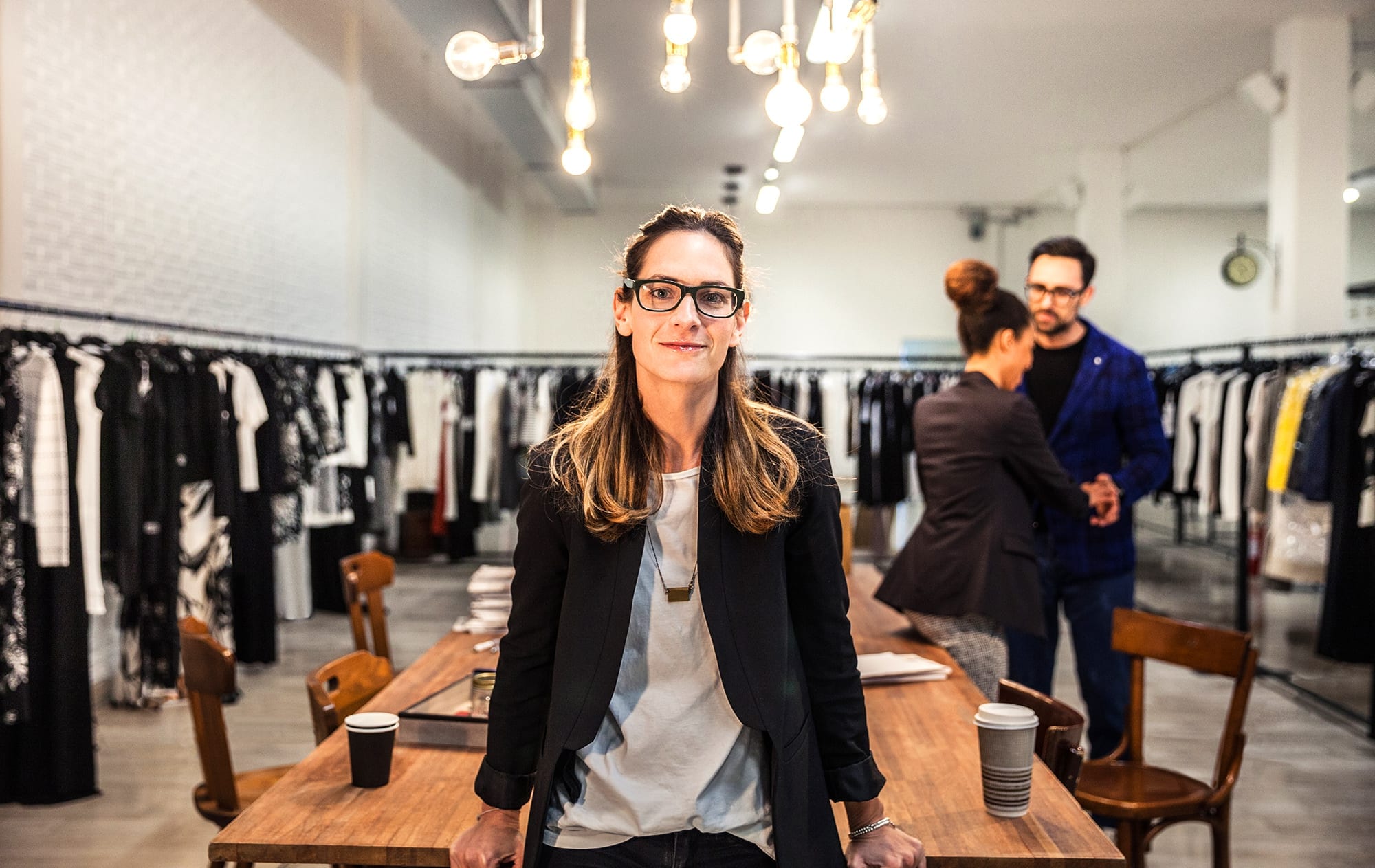The top clothing brands influence fashion apparel trends worldwide. They produce a large range of products to satisfy customer demands. They must meet environmental and ethical standards to stay relevant in a competitive market.
The best way to reduce your carbon footprint is by supporting local one-person shops and independent clothing companies. Supporting small businesses also ensures better quality, as it is not profitable for companies to skimp on materials and threads.
Fashion Design
Fashion designers develop concepts for clothing and accessories. They research current trends and predict future ones, then create sketches of their designs. They also select fabrics and materials to bring their ideas to life. Then, they use techniques like draping fabric on a mannequin or creating patterns from scratch to develop prototypes of their designs.
Some clothes are made specifically for an individual, as in the case of haute couture or bespoke tailoring. However, most fashion designers produce garments for the mass market. This includes casual and everyday wear known as pret-a-porter.
In addition to their artistic talents, fashion designers must have good business skills to manage budgets and meet deadlines. And they must be able to communicate their design ideas effectively, both orally and in writing. Some designers have even used their platforms to promote social or political stances. These stances can cause controversy and may impact consumer and brand perceptions.
Fashion Marketing
Fashion marketing requires a balance of business and style. Marketers must be able to analyze consumer data and provide recommendations that will benefit both the customer and the company’s profits. They also need to be creative and have a good sense of design.
The most common goals of fashion marketers are to increase brand awareness, drive sales, and build customer loyalty. They may achieve this by using social media campaigns, collaborations with influencers, and strategic partnerships. They also need to be able to track inventory and forecast trends.
The best candidates for a career in fashion marketing have a bachelor’s degree in either marketing or a related field and a strong interest in apparel. They should also be able to work well in a fast-paced, creative environment. Taking a job match quiz can help identify if you have the right skills for this role.
Garment Production
Garment production is where your fashion designs come to life. This phase involves a variety of tasks like cutting, stitching, embellishments and washing treatments to ensure top-tier quality.
The first step in the garment production process is sourcing the textiles you need to make your clothing line. This is vital because it determines the cost, fabric quantity and manufacturing lead time. Once you have the right fabrics, pattern makers start to make prototype garments. They conduct a series of evaluations to check for fit, patterns and materials. Depending on the design complexity, it may take multiple iterations before the final sample gets approval.
Once the prototypes get a thumbs-up, it’s time to start the bulk production. The Bill of Materials is prepared, which charts every item required to craft the garments. This includes items like zippers, buttons, threads and other accessories. Once the garments are manufactured, they go through a rigorous quality control inspection. This is where they are compared against pre-determined standards to ensure top-tier quality.
Business of Fashion
Managing the business of fashion requires knowledge of all aspects of the industry. Keeping the right amount of inventory is crucial to avoiding stockouts and overstocking, which reduce sales. Excess inventory ties up working capital and can lead to markdowns and clearance sales that can erode profits. Fashion designers and managers also must stay on top of current trends in pop culture to anticipate what consumers will want next.
The industry also faces challenges regarding environmental impacts and social responsibility. Fast fashion, which involves rapidly disseminating inexpensive goods, has been criticized for its wasteful production and harmful emissions. Consumers are also demanding slow, sustainable and circular fashion.
In 2023, economic turbulence may impact consumer behaviors. High-income shoppers will continue to spend, but lower-income households may tighten or cut discretionary spending, which could shift demand to off-price channels and resale platforms. Big enterprise retailers like Farfetch and Kering are preparing for these changes by acquiring resale technology companies.

